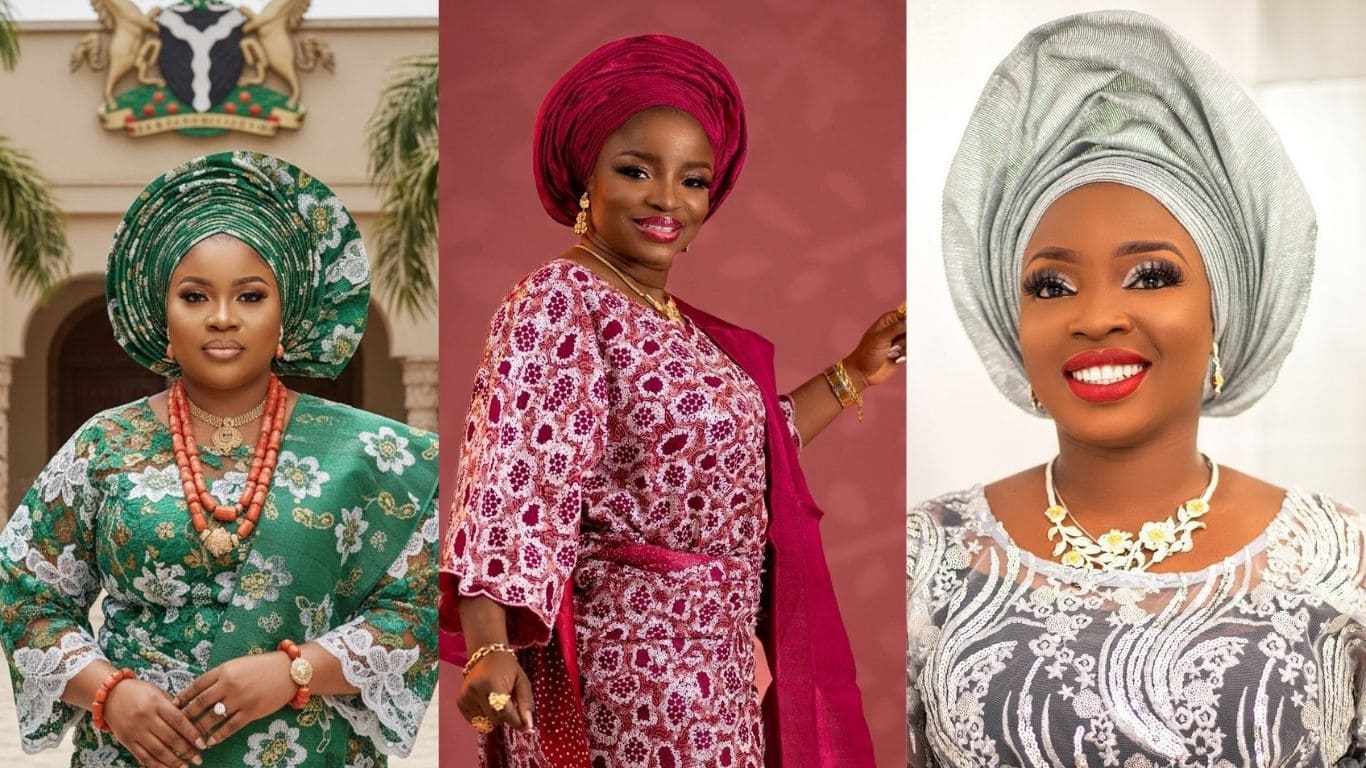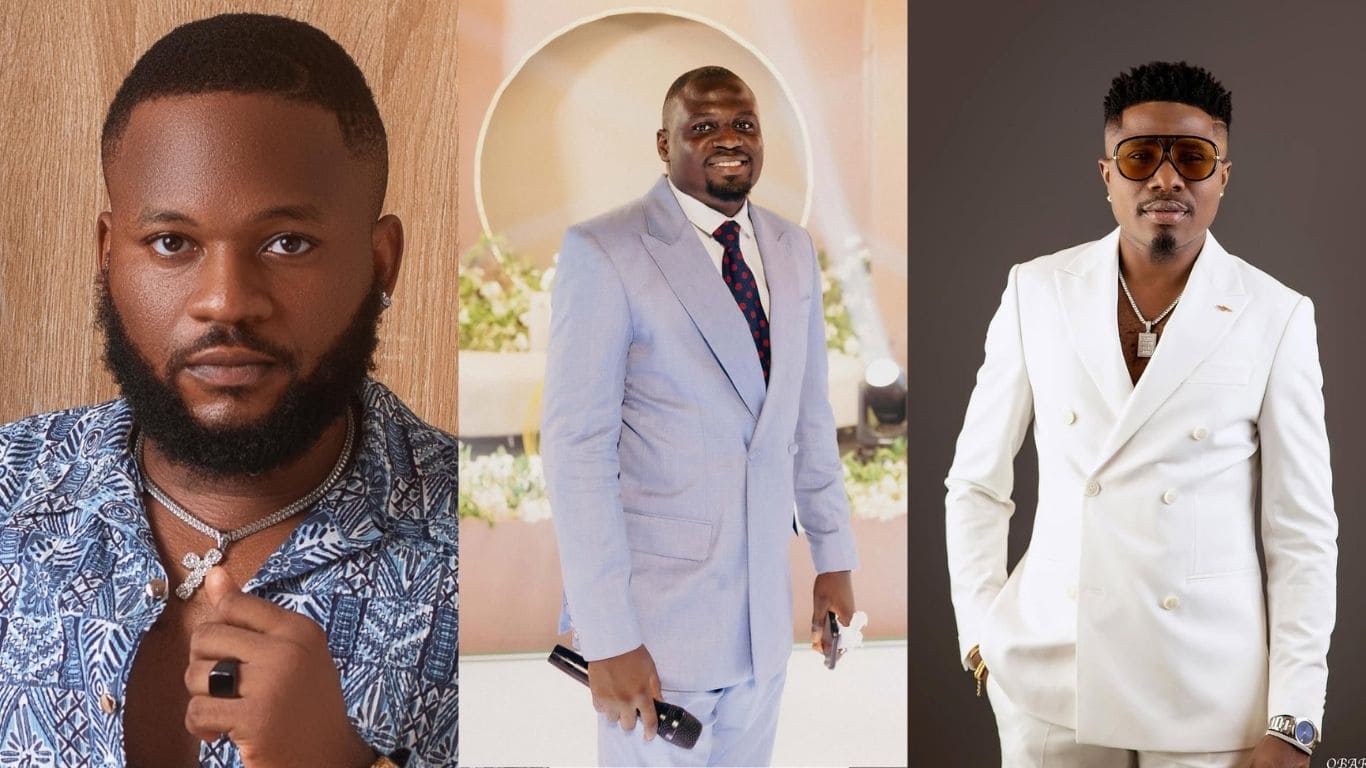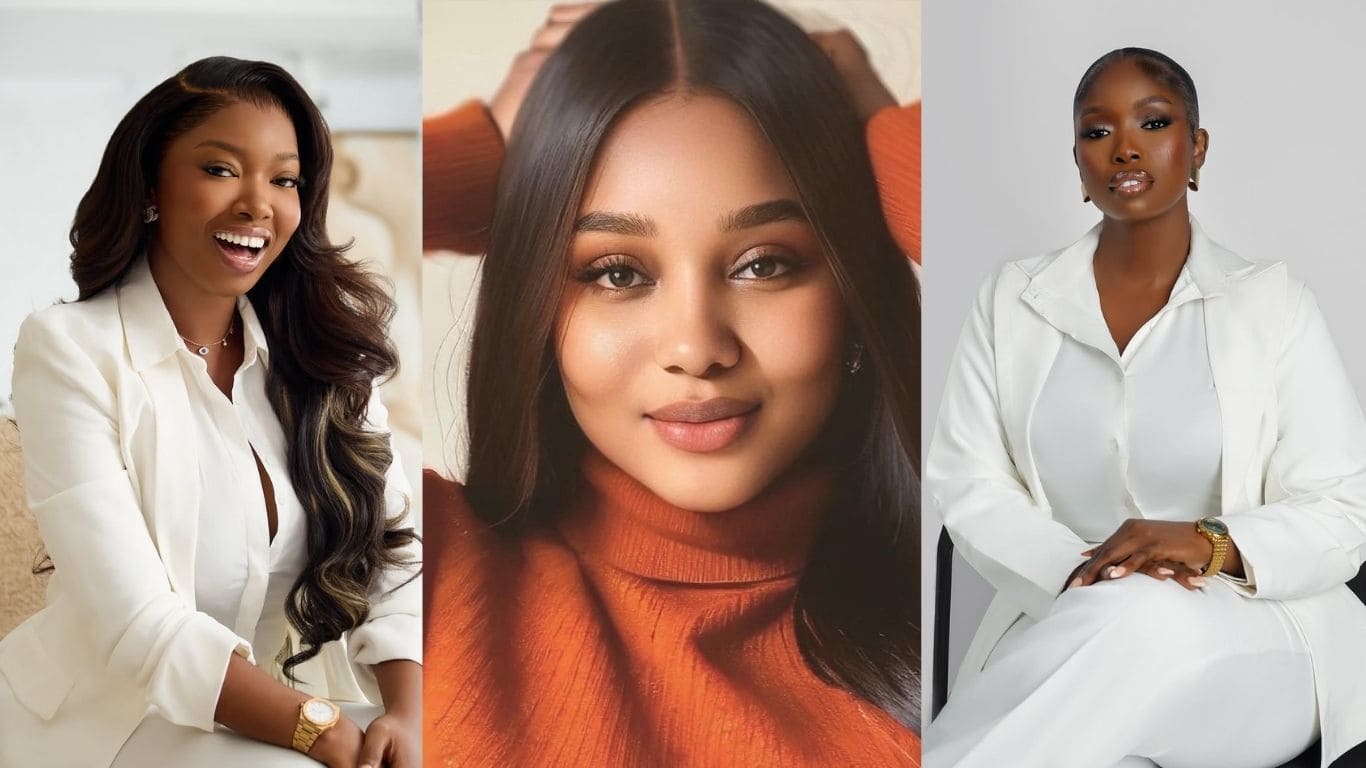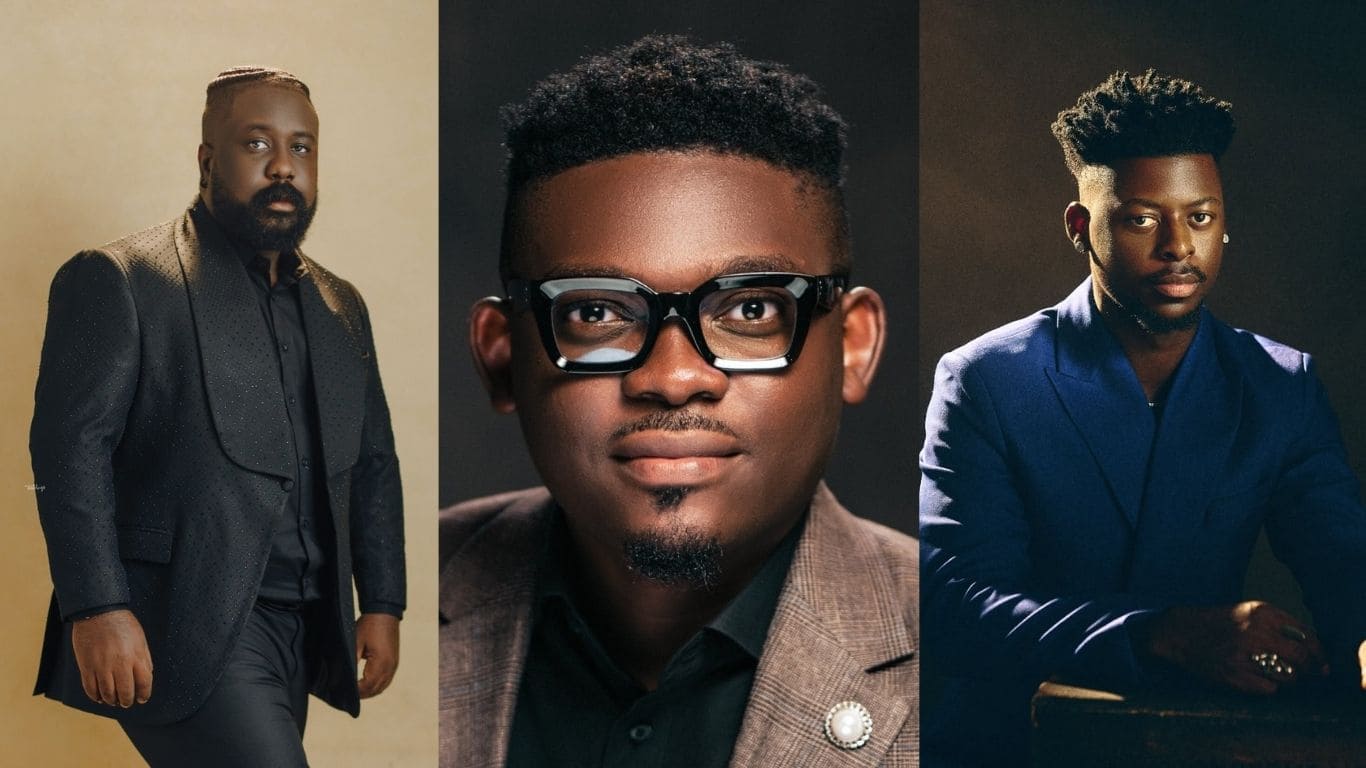Want to have a blast at your wedding? Here’s an ultimate guide to popular South African dance moves exhibited at various marriage ceremonies and events.
The celebration of love has transcended time in the enchanted world of South African weddings, embracing a contemporary tapestry that expertly blends tradition and modern flair. In South Africa today, weddings are vibrant manifestations of cultural diversity and, most importantly, joy, rather than just customs.
Although weddings mostly center on the bride and groom because it is their big day, they should not only care about themselves. They should think of possible ways to entertain their guests, too. In addition to amusing, the dancing floor’s sultry beats and elegant motions represent the marriage of tradition and modernity in the constantly changing context of South African weddings.
South African weddings have evolved into vibrant representations of uniqueness and cultural diversity in this age of change. Even though customs still exist, there is a noticeable trend toward personal displays of love, where couples incorporate both traditional and modern elements into their weddings.
Music and dance emerge as central elements in this narrative, creating an immersive experience that transcends mere entertainment. The carefully curated wedding dance becomes a poignant moment of connection, embodying the essence of the couple’s journey and offering a heartfelt spectacle for their cherished guests.
The essence of South African weddings is this harmonious fusion of the old and the new, where tradition meets modernity and music and dance become the universal language that binds hearts and tells tales of enduring love, as the beats resonate and the dance floor becomes an arena of expressions. In exploring the best South African wedding dances, we unravel the layers of cultural richness, personal flair, and unbridled joy that define these modern celebrations of unity and commitment.
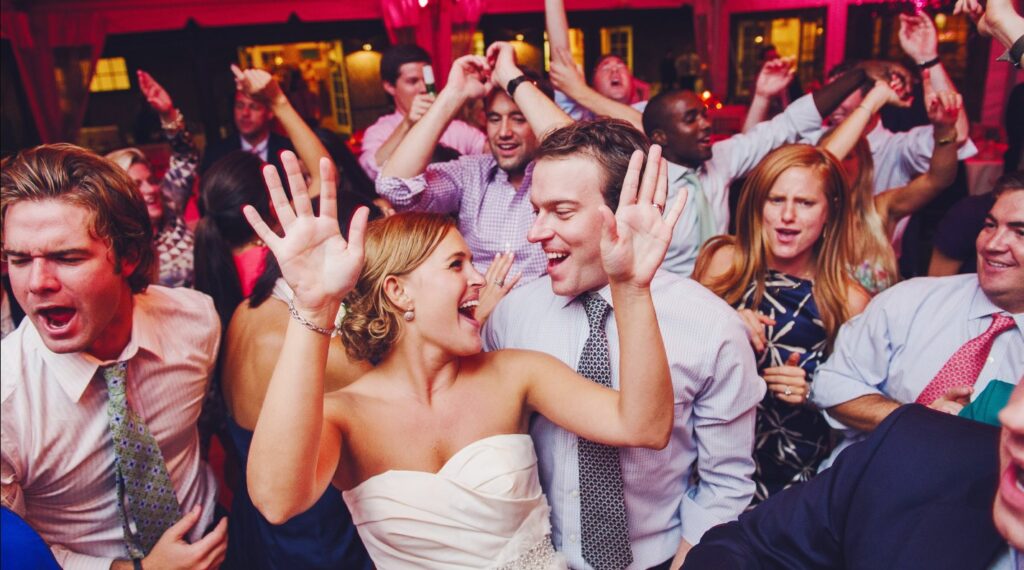
A Brief History of South African Wedding Traditions
Weddings in South Africa are known for their joyous celebrations, which can involve anything from specialist dances to the trading of traditional Zulu beaded rings, a custom that dates back to the Zulu people and represents their commitment to uniting their families, expert Dustin Sitar, CEO of The Groom Club, says. These customs have been upheld over the years in the hopes that they may aid in the union of the two families into a more powerful family unit and ward against misfortune and evil forces.
A wedding celebration is not complete without music, but most of the songs are reserved for the reception when the newlyweds can dance with their loved ones. But what is music without dance? The couple, with their families and guests, exhibit serious dance moves at marriage ceremonies. For the best old classics and modern traditional South African wedding songs you can dance to, click here.
10 Traditional South African Dances
There is no denying that South Africa has a rich cultural heritage! It is difficult to choose a favorite among the many exquisite dance forms that exist in our nation. Now, let us examine some traditional dances from this stunning and colorful nation.
1. The Gumboot (Isicathulo) Dance
The gumboot dance (also called Isicathulo) is a traditional South African dance that had its traces during the apartheid era. This dance move is a proud and deeply South African staple that, according to Twinkle, originated in mines.
According to the publication, the miners used this dance as a tapping method to communicate with one another at first! Think of it as a miner’s Morse code that quickly evolved into a full-fledged, incredibly awesome dance. Since then, it has evolved into a distinctive dance performed in South Africa and has been modified for stage shows and other cultural gatherings.
From traditional Zulu songs to modern South African hip-hop, John Anderson, Co-Founder and Executive Editor of Life Line Wedding says guests at a South African wedding can expect an amazing mix of music and dance. “One of the mainstays of South Africa’s wedding culture is gumboot dancing,” he says, adding that this style originated in the gold mines during Apartheid, as workers were forbidden from talking and singing while working, so they invented their language through foot stamping and stick beating, which eventually evolved into this unique form of rhythmic dance.”
2. Zulu Dancing
As for that Zulu dancing Anderson mentioned earlier, he says it’s a great thing to witness during any celebration. Dancers start by gathering around in a circle before joining hands and beginning to move along in steady circles or lines, chanting traditional spiritual songs for hours on end. “The bride-to-be will often have her friends join her during the ceremony, but it’s not uncommon for strangers or even unexpected guests to join in too.”
2. Indlamu
Indlamu, an ancient Zulu dance from Southern Africa, is associated with both the Northern Ndebele tribe of Western Zimbabwe and the Zulu tribe of South Africa, according to Wikipedia.
The joyous Zulu dance is done at traditional marriages, births, war victories, and virgin testing ceremonies. It also marks the coronation of new kings. You may have noticed that all of these occurrences are pleasant ones, and they most definitely merit a fitting, jovial dance!
4. Umxhentso
According to African Journals Online, Umxhentso is a ritual dance that the Xhosa amagqirha (traditional healers) do to interact with supernatural beings, despite being artistic. The amagqirha enters a trance and makes a spiritual connection throughout the dancing performance.
Twinkl reports that it is a dance performed at ceremonies and shows their cultural pride. They mainly use fast stomping of the feet, shaking their upper bodies to the beat of drums, and clapping. Per the outlet, some instruments used for this dance are:
- The Uhadi bow
- Drums
- Singing
- A reed whistle called ‘Impempe’
5. Sotho dances
Sotho is a traditional dance from South Africa. The three primary classifications for this dance performance are “mokorotlo,” “mohobelo,” and “mokhibo.”
Male dancers perform the mokorotlo for their chief on formal occasions like meetings and inspections.
The Mohobelo dance incorporates slides, leaps, and strides. Along with being largely male-focused, this dance is performed to initiate hymns or war shouts.
The mokhibo dance is done for Christmas and at weddings. The dancers’ pulsing shoulder movements and ululations are the accompaniment to this dance.
6. Pantsula Dancing
Pantsula dancing is less prevalent; according to Anderson, it mainly consists of guys hitting their knees against one another, synchronizing their eye movements, and cracking humorous comments as they go.
7. Tshikona
This is the ‘Venda national dance’ that is performed at all events that are important to the community. These events include introducing a new ruler, laying a past ruler to rest, and sacrificial rites.
8. Sokkie
The Afrikaans community’s traditional dance is called sokkie. This is a customary paired dance that goes by the names “langarm” and “sakkie-sakkie.” It’s a social ballroom dance partnered with Afrikaans music and even some older folk music with an accordion, better known as ‘boere-musiek’. A modern sokkie song is a youngster favorite by Kurt Darren, ‘Kaptein’.
9. Kwela Dancing
There is also Kwela, or what TheKnot refers to as Quick Step dancing. This requires deft footwork combined with playful humor. Nighttime skating competitions at parties or simphisas (weddings) are sometimes accompanied by the Pantsula and Kwela dances.”
10. Amapiano
Amapiano is not a dance move; it is rather a music genre!
It is a South African house music subgenre that first appeared in the middle of the decade. Its synths and expansive percussion basslines define this fusion of deep house, jazz, and lounge music.
In July 2020, a documentary called Shaya (which aims to map out the birth of amapiano and its rapid popularity as a genre) was released to a muted response. The 26-minute documentary opens with a quote from Mark Khoza (an MC, artist, and associate of popular amapiano producer, Kabza De Small).
“There is a guy who would play the keyboard along to a DJ’s set. Even in the studio, he’d play the piano over the recordings. Later, someone else would come with the idea of infusing that practice with deep house. Eventually, Kabza De Small also played the same music. The genre used to be called ‘number’. But MFR Souls came up with the name ‘amapiano’ and popularized it. They are the ones who started it.,
Despite being a music genre, whenever an Amapiano sound is heard, certain dance moves come to mind. Note that it doesn’t have to be one particle style; it varies and has to go with the beat.
It has made its way into being one of the South African-originated moves that are also recognised in today’s wedding and event activities.
For us, the Amapiano movement is more than just a party; it is about creating an informed community that can push the culture forward!
Expert Dustin Sitar also revealed that the “Kupe dance” is also a common tradition in South African weddings, where guests gather in a circle and perform an elaborate dance of celebration.
South African Reception Wedding Dance Ideas
Having known (from above) the various traditional dances that can be best exhibited in customary wedding ceremonies, let’s jump into the reception.
South African wedding receptions are some of the most vibrant and colorful celebrations you can experience, and they are appreciated by a variety of guests. Couples typically invite an abundance of guests from both sides.
The bride’s side usually includes her parents, siblings (if any), grandparents, godparents, and close relatives. The groom’s side would similarly consist of his parents, siblings (if any), grandparents, and close relatives and friends as well. Additionally, many couples also invite their closest friends to be part of the wedding party.
On your wedding program outline, all activities, including the dance moments of the couple, their parents, bridesmaids, groomsmen, and guests, must be well planned. This should include when and who is allowed to be on the dance floor. Here’s a list of typical reception dance moments:
1. The Married Couple’s and Wedding Party’s Grand Entrance
Even though it might not be considered a dance, the grand entrance is a significant occasion on the dance floor during the wedding reception. The members of the bridal party, such as the flower girls, ring bearers, maid of honor, matron of honor, bridesmaids, groomsmen, best man, and more, assemble as the cocktail hour draws to an end and line up (often in pairs).
Following the guests’ arrival and seating arrangements, the DJ/emcee will start the party with some upbeat music and call out each member of the wedding party by name as the couples enter the space. Members of the wedding party may circle the dance floor rather than take a seat. Finally, to thunderous applause, the newlyweds arrive at the reception.
2. First Dance
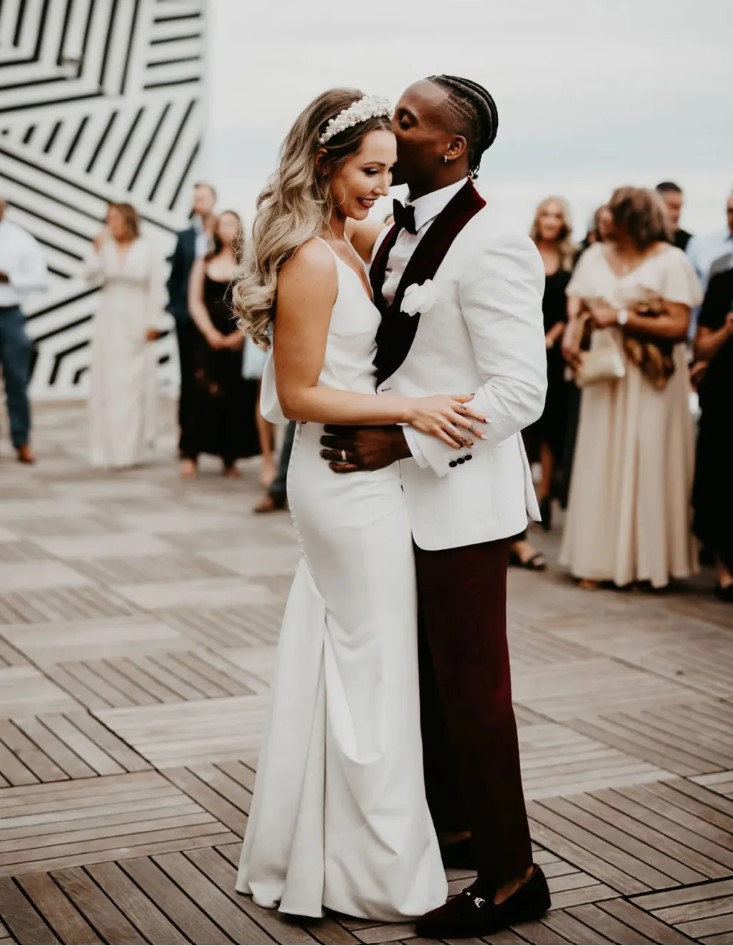
The newlyweds may start their first dance practically right away after entering. The first dance would take place after dinner if the guests were dining following the grand entrance.
Since it is the first time the couple dances as a married couple, the first dance is a memorable occasion. Depending on their comfort level and sense of style, the couple may have opted to wing it or take dancing classes for their big day.
4. Parent Dances
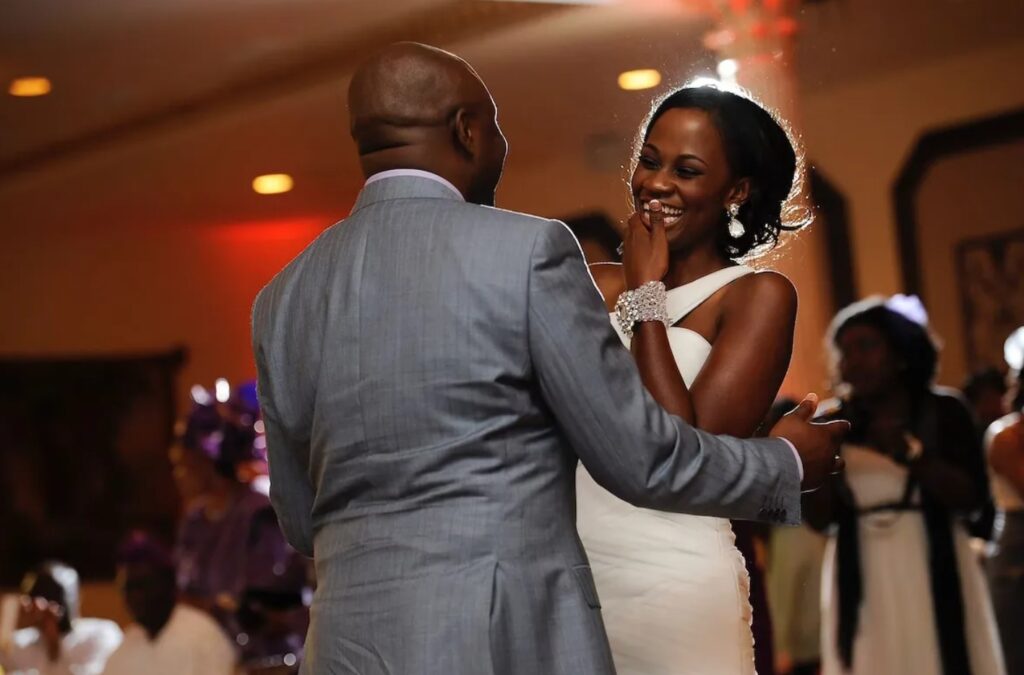
Parent dances, such as the father-daughter dance and mother-son dance, may take place at several points during the wedding reception, depending on the order of dances you wish to follow. Sometimes, parent dances occur immediately after the first dance. Other times, these dances will take place toward the end of dinner, after the toasts, or after the cake cutting.
For heterosexual couples, the bride dances with her dad, and then the groom dances with his mom. Other special relatives, like grandparents, may join in at the end. However, you can handle these dances in many different ways, some couples may want to dance with stepparents or other important people, and LGBTQIA+ couples can also choose how they’d like to handle parent dances.
5. Wedding Party Dances
The parent dances are followed by an invitation for the wedding party to dance. Traditionally, the crew starts the dance floor with the best man and maid of honor dancing together. If the parent dances follow dinner, the couple may choose to forego the wedding party dance entirely and instead invite everyone to the dance floor. But, it can be a good idea to have the wedding party start things off if you are worried that your guests will not want to dance for a while.
6. Party Time
Now it is time for the remaining wedding guests to take the floor. A skilled DJ or bandleader will be able to read the energy of the room and choose the right mix of fast and slow songs to get everyone moving and grooving
7. Anniversary Dance
The anniversary dance, or what Weddingwire calls the bouquet dance, is a sweet tradition that some couples choose to include in their wedding reception. All of the couples in the room are invited to the dance floor, as a slow, romantic song is played.
The DJ or emcee then says something like “Couples who have been married for less than a year, please take a seat.” Your emcee will then ask other couples to leave the dance floor until the couple who is married the longest is left dancing. The longest-married couple may receive the bouquet (if there’s no bouquet toss) or simply a round of applause from their fellow wedding guests.
8. Bouquet Toss and Garter Toss & Dance
Traditionally, the bride tosses her bouquet to the single ladies in the room, and the groom removes and tosses the bride’s garter to a crowd of single men. After this takes place, the “winners” are expected to dance together. You don’t have to include the garter and bouquet toss in your reception, many couples feel that this tradition and corresponding dance is embarrassing and plays into gender stereotypes, plus it interrupts the blocks of dancing.
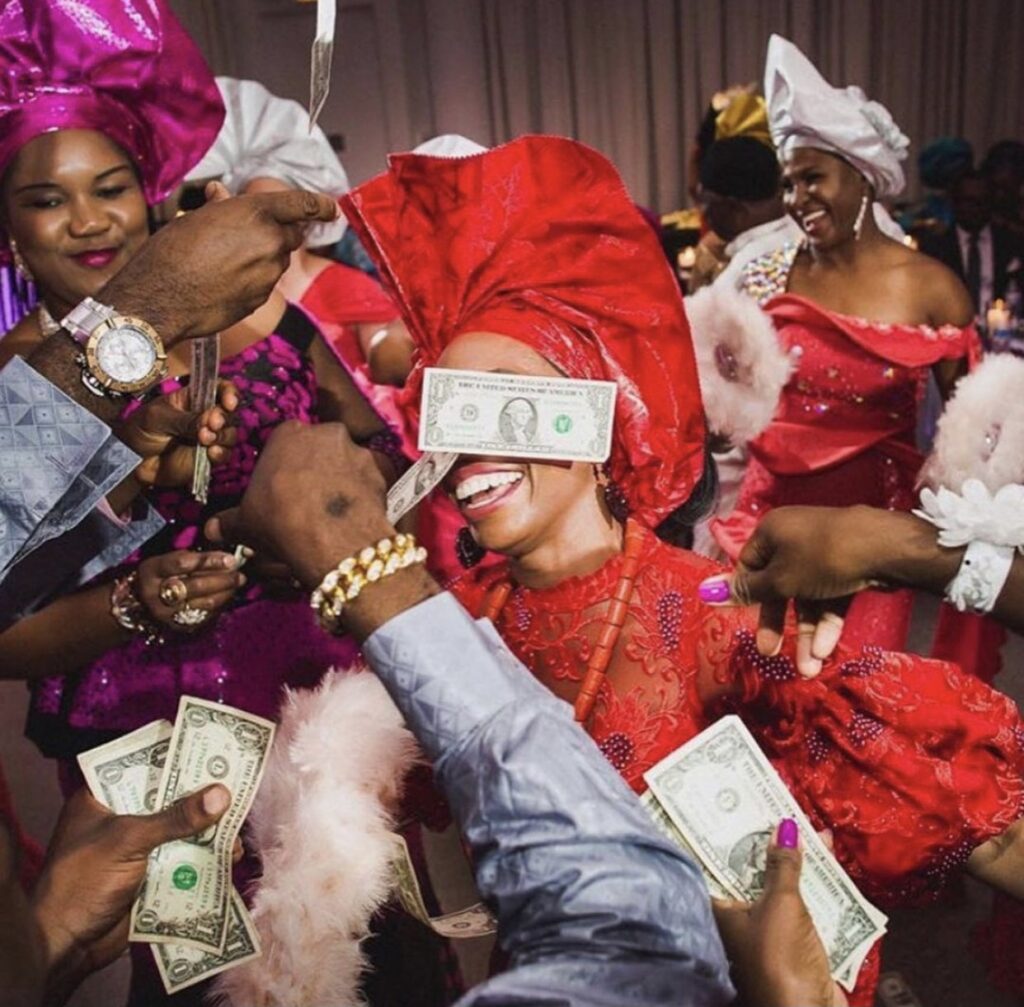
10. Money Dance or Other Cultural Dances
In many cultures, a money dance, also known as a dollar dance or apron dance, is a popular tradition and part of the order of dances at a wedding reception. There are several ways to handle the money dance, guests paying to dance with the couple, for example, but they all end with the couple being given cash. This dance typically takes place toward the end of the reception.
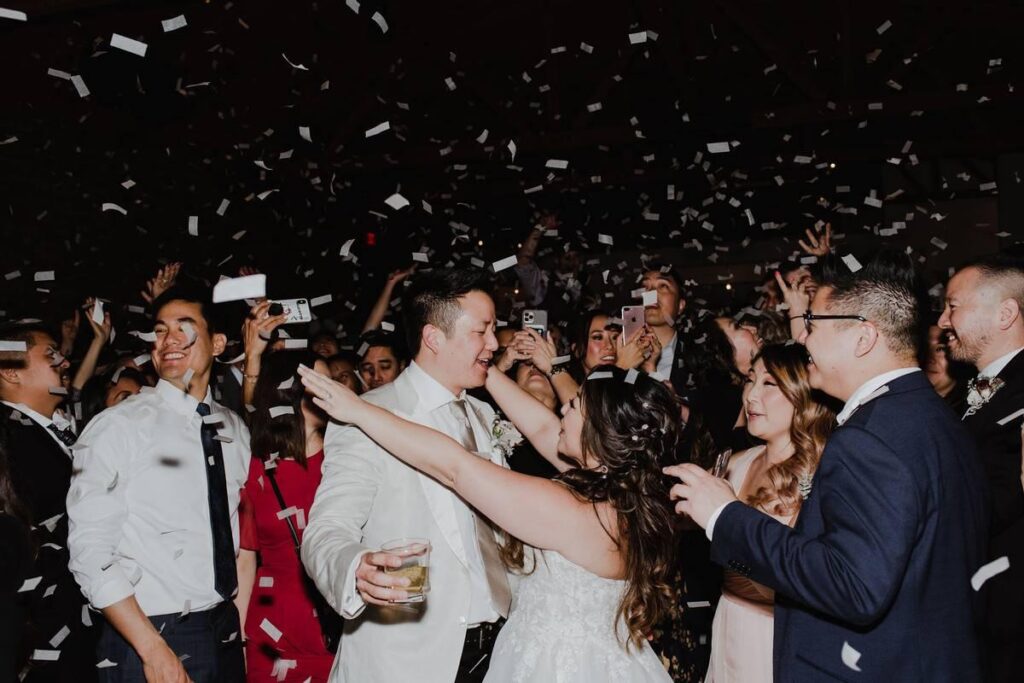
11. Last Dance
For the last dance of the evening, the couple may choose an upbeat song that will have everyone singing along, or they may select a slower, more emotional tune to close out their event. If there’s an after-party following the reception, a livelier tune is best to foreshadow the celebration to come.
10 Best Viral South African Wedding Dances
South Africa has been the originator of many trending social media dance styles, and some of the moves are often seen at wedding ceremonies. Here’s a list of the top ten SA dance moves to learn lessons from before your wedding is due:
1. Dakiwe Challenge
KwaZulu-Natal’s very own daughter, Dbn Gogo, spurred an entire movement when she released her song, Dakiwe (which featured Lady Du). Following a live rendition of ‘Dakiwe’, in which Dbn Gogo displayed the dance move on stage, the Amapiano-enriched tune began attracting a lot of audiences, including fellow South African celebrity Pearl Thusi. The dance movement can be achieved by maintaining a static position while letting your hips move upwards in a circuitous motion. Nodding the head gives it an extra kick. Dakiwe has caught the eye of many TikTok users and is one of the best South African dance trends you will come across.
2. The Vosho
The Vosho is a popular dance trend in South Africa that involves the emphatic movement of squatting down while kicking a foot almost immediately. The minimal raw beats of Gqom inspired this dance trend. Over time, TikTok Hashtags under vosho have exceeded more than eighteen million impressions, buttressing how popular the dance trend is. Over the years, several adaptations of the dance have surfaced, including ‘The head vosho’, a dance that involves the extension of arms while leaning the head forward. Several celebrities have also caught the vosho bug. South African singer, Sho Madjozi briefly displayed the vosho during her Colors performance in 2020.
3. Gwara Gwara
The Gwara Gwara is one of the popular South African dances dominating social media in 2023. It is a popular dance move that was brought to light by South African DJ, Dj Bongz. A dance that shares similarities with America’s ‘Stanky Leg’, and has been performed by foreign mainstream acts like Childish Gambino (This Is America) and Rihanna (60th edition Grammy performance). The Gwara Gwara involves fluid movement, whereby one swings a leg while moving the upper body in a similar rhythm. Although the dance appears athletic, it’s quite easy to learn. Make sure you are well-hydrated before trying it.
4. Idibala Malwedhe
King Monada, a well-known house singer from South Africa, became an overnight sensation after giving birth to the Idibala Malwedhe dance trend. The trend quickly took the country by storm, capturing the hearts of people of all ages and backgrounds. Idibala Malwedhe, which is also referred to as the ‘Fainting Dance,’ is a free-spirited and comical dance trend that involves sudden drops to the ground as if fainting. The dance is typically performed to King Monada’s hit song, ‘Malwedhe,’ which features lyrics about falling in love and being willing to faint or collapse for that special someone.
Although the dance is popular, it’s important to note that it should only be attempted with caution, as the sudden drops can be dangerous on a hard or bare surface. Despite the risk, the Idibala Malwedhe dance trend continues to be a beloved and entertaining part of South African culture, showcasing the country’s passion for music and dance.
5. Hamba Wena
The Hamba Wena is a very energetic dance trend, another Amapiano-inspired jive. Following the popularity of the song, ‘Hamba Wena’ by South African disk jockey, Deep London which featured singer, Boohle, various TikTok users began flooding the algorithm with posts citing the song in the background while bursting out series of spontaneous dance moves. Over time, a uniform movement was developed which then became a dance challenge. Thus far, the South African dance trend has a whooping 4.3 billion views on TikTok.
6. Yayaya Dance Challenge
The ‘Ya ya ya’ dance challenge is one of the most formidable dance trends in South Africa today. Ya ya ya started when the Amapiano song ‘Kusazo Shuba’ by Justin 99 feat Uncle Waffles, Pcee & Eeque started making the rounds online. The Yayaya dance is pretty simple, as it doesn’t involve complex choreographic skills.
7. Zekethe
A lot of hip movement takes place in this next dance trend. The trend, popularly known as Zekethe, is loved by many youths in the country and has been crossing borders through TikTok. There is a semblance between the Zekethe and Nigeria’s ‘Etighi’. The popular Amapiano song by Mr. JazzQ, titled, ‘Umsebenzi Wethu’ inspired the viral dance craze and has been done by several personalities, including Cassper Nyovest.
8. Pouncing Cat Dance
The pouncing cat is another popular South African dance involving much coordination. Just a generic search on YouTube and you would find a plethora of DIY tutorial videos shedding light on the dance, which involves pouncing the legs side to side while maintaining a cat-like posture with the hands, all while moving the shoulders in a coordinated fashion.
9. Umlando
The Umlando is a recent dance trend taking South Africa and the global scene by storm. The popular dance, which involves a lot of hip-swinging, has been done by many enthusiastic folks on social media apps like TikTok and Instagram. Popular Nigerian singer, Kizz Daniel has contributed to the popularity of the dance trend, as it was heavily infused in the visuals of his single, ‘Cough (Odo)’.
10. Thuso Phala
Thuso Phala is a South African dance named after a popular South African football player, Thuso Phala. The zestful dance was coined from the ex-Bafana Bafana Midfielder’s celebration and has been replicated by many avid dancers. The dance is currently one of the most viral dance trends in South Africa.
Conclusion
South African culture has a rich history of dance, from the acrobatic styles of the Indlamu cultural dancers to the Kwaito craze of the 90s. South African dance and music are interdependent, with local music genres like Gqom and Amapiano fueling dance trends around the world.
If you want to connect with Mzansi dance culture, here are ten South African dance trends to learn in 2023. These include the Dakiwe Challenge, the Vosho, the Gwara Gwara, Idibala Malwedhe, Hamba Wena, the Yayaya Dance Challenge, Zekethe, the Pouncing Cat Dance, and Umlando. Each dance has its unique style and rhythm, and they all showcase the vibrant spirit of South African dance culture.


